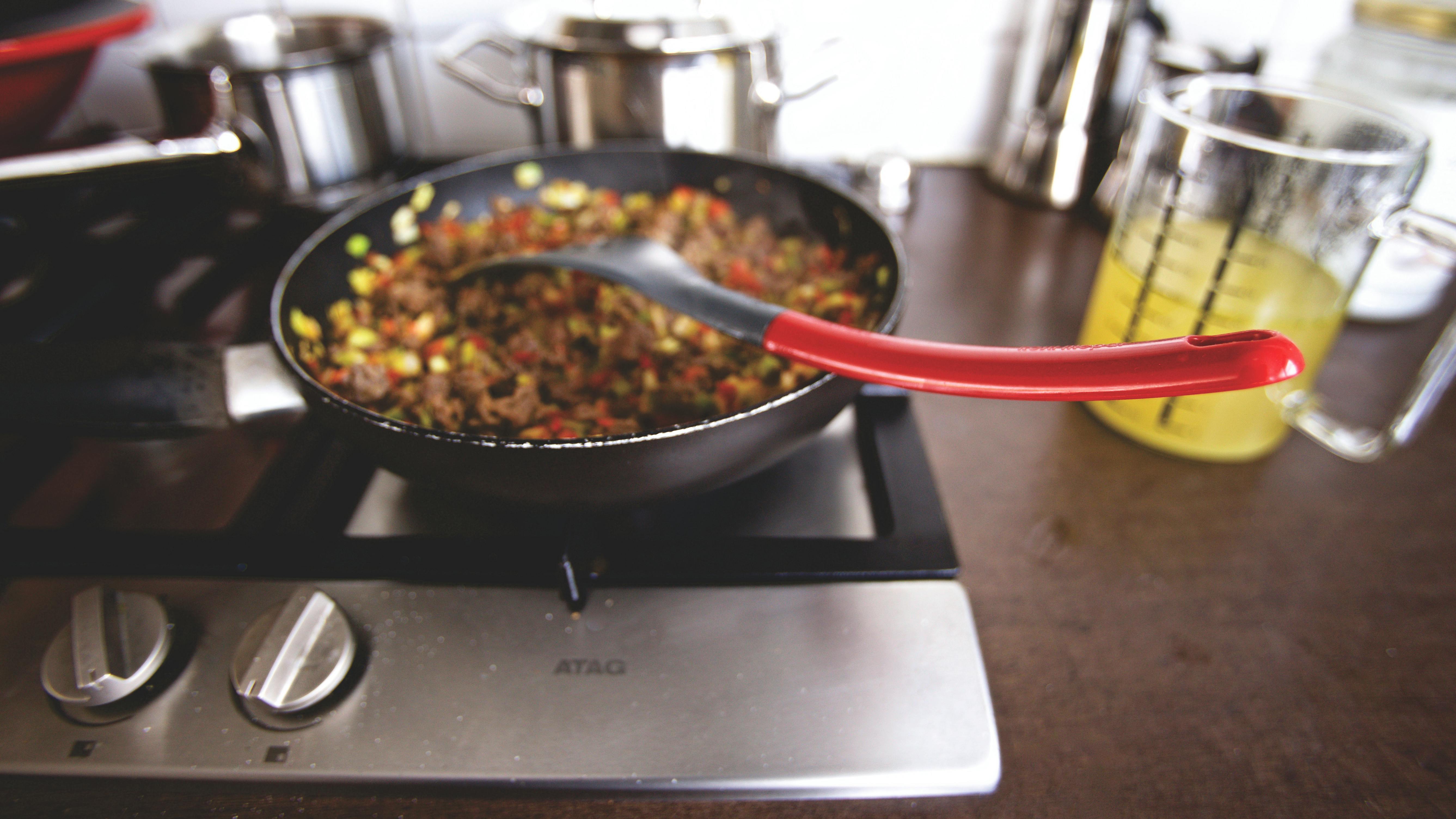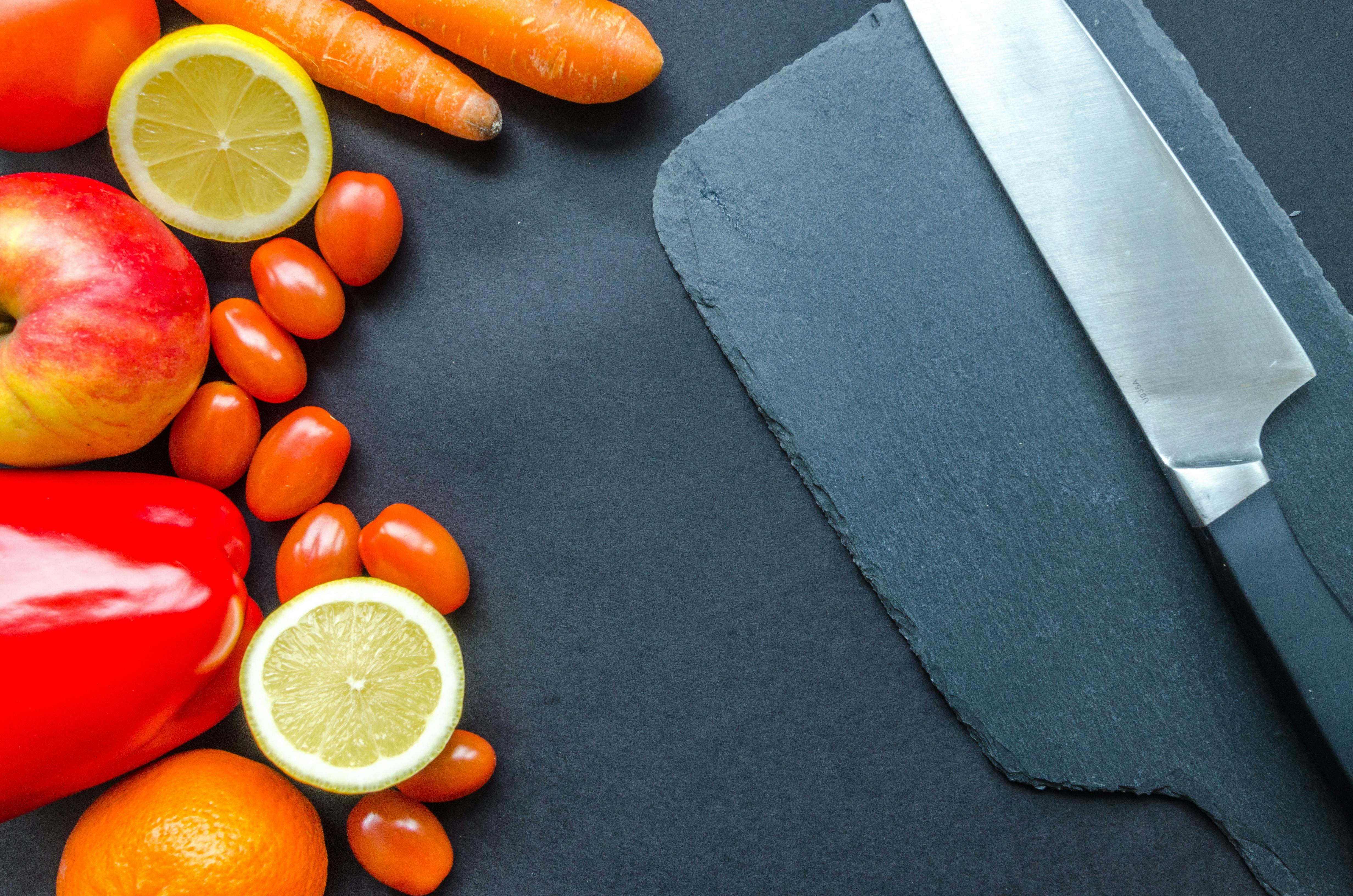Cherry juice as an effective treatment for gout
The popular fruit cherry now has more to offer other than as a topping on your ice cream. The emerging alternative treatment for gout is now turning its attention to this sweet ruby to help relieve painful joint inflammation known as arthritis and gout.
Cherries, in all their varieties, are rich in antioxidants and flavonoids. Antioxidants are nature’s most celebrated soldiers against cancer. They fight free radicals that attack cells. Flavonoids, on the other hand, are compounds that, in addition to their cancer-fighting abilities, also help relieve inflammation in joints and body tissues. Initially, flavonoids were mainly related to the coloration of plants and fruits, but more research is emerging that certifies the ability of this element to improve health.
The most important and efficient flavonoid to date that helps treat flavor is called anthocyanin. Cherry now tops the choice for gout patients as it is rich in anthocyanins.
What are anthocyanins?
Anthocyanins are a type of flavonoids that occur naturally in nature. They provide the pigmentation and color of leaves, flowers and fruits. They are responsible for the rich red hue of the cherry. They are a type of flavonoid most common in brightly colored fruits. In the past, they were treated solely as providers of color. It was in recent research that their powers as anti-inflammatory agents were discovered.
As an anti-inflammatory agent, they help reduce many types of pain caused by inflammation and tissue damage. Gout is no exception to its inflammation-pacifying abilities. Since gout is caused by distension of the joints, anything that can combat swelling will bring relief to the patient.
How do anthocyanins work?
An article published in Michigan State University claims that anthocyanins are at least 10 times more effective in cherries than in the most common non-steroidal anti-inflammatory drug, aspirin. Anthocyanins work by blocking the production of enzymes that stimulate inflammation in tissues and joints. It acts as a neutralizer that prevents tissue inflammation when uric acid crystals begin to attack the joints. By inhibiting these inflammation-promoting enzymes, gout is effectively combated and pain is greatly reduced. Prostaglandin, the element identified as the source of joint pain, is said to be inhibited by anthocyanins.
Doctors and researchers have also noted that it is the anthocyanins in cherries that reduce levels of uric acid in the body, the culprit in gout. Studies such as the one at the University of California have shown that eating at least one serving of cherries every day considerably reduces uric acid in the body. This study has also shown that it does not matter whether the cherries served are fresh, dried or juiced. The results were all the same showing that the reduction in uric acid was evident. This is useful dietary information, especially if the patient combines sensible eating habits and restricts alcohol consumption.
Anthocyanins work in a triple way. First, during inflammation or a gout attack, enzymes tear and damage the connective tissues of the joints, causing capillaries to burst and blood to spill into surrounding tissues. The anthocyanins will then fight these destructive enzymes and prevent further damage. They will block the destructive enzymes from reproducing any further and begin to protect the affected tissues. Next, its antioxidant properties will block the oxidants that were released after inflammation and tissue damage. Lastly, they restore lost proteins and return tissues to their original state.
In essence, this natural compound relieves pain and helps patients fight inflammation and reduce tissue tearing. Finding and using a natural taste shield is very important to patients because it helps eliminate the dangers of long-term drug use.
How many cherries do we need?
Twenty-five (25) milligrams of anthocyanins can be obtained by eating twenty cherries. That amount is enough to block the damage-inducing enzymes that come with joint inflammation.
Studies have shown that it is best to consume cherries and benefit from their anti-inflammatory properties on a regular basis. Eating cherries or drinking cherry juice for a gout attack will help reduce symptoms after a while. On the other hand, if these wonderful fruits are taken regularly, they act not only as a taste attack fighter, but also as a powerful prevention tool.



